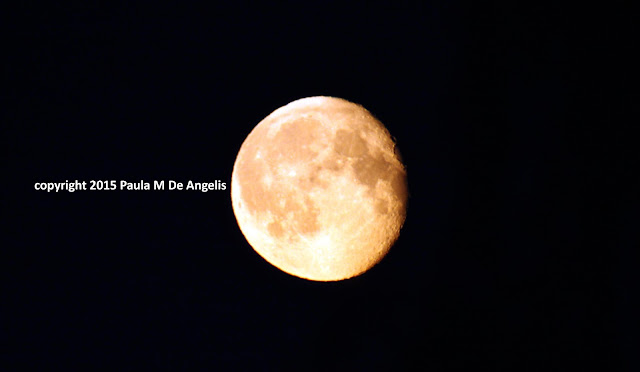It is often said that ‘truth is stranger than fiction’, and
the events of the past seven months in my life can truly attest to that. I will
not go into details except to say that much of what has transpired is connected
to my brother’s untimely death in February. I have decided to turn reality into
fiction and see where that takes me. My premise is that it is better to write
it down than to hold onto the swirling and sometimes negative emotions that will
only burden my heart and soul for the rest of my life. So I am embarking on yet
another literary venture. My friends who know me, know what has transpired, and
I am sure that they will support this endeavor rather than the (seemingly
insurmountable) alternatives that will only cause more problems.
I continue to write this blog and to share my poetry and
photography with you, as well as my reflections about modern workplaces and
workplace behavior. For some of my readers, it may seem that I cannot decide on
one focused theme for the blog. That may be so. This is not a fashion blog, or
a movie blog, a science blog or even a workplace blog; it is a daily life blog.
I share my life as I experience it, a New Yorker in a foreign culture.
Norwegian culture (ways of looking at and doing things in personal and work
arenas) remains somewhat foreign to me even after twenty-five years of living and
working here. Norway has changed a lot in that time, as has the USA. Workplaces
are now global arenas that have their unwritten rules based on the culture
in which they do business, but are also the product of modern workplace theories that are
adopted worldwide. In that vein, I had to laugh yesterday when my husband sent
me an email with information about a new course offered by the university here
to employees who are new to Norway and who are struggling to understand their
workplaces. The course will describe what it means to work in Norway with
Norwegians, and will teach attendees about ‘both
the formal code of conduct and the unwritten rules of working in Norway. The
Norwegian workplace culture has important elements that are not found in most
other western countries, and this may cause misunderstandings and frustration’
(direct citation from the course offering). You could have taken the words
right out of my mouth. I could have used this kind of course twenty-five years
ago. But since there were few to no foreigners in my workplace at that time, this
type of course would never have seen the light of day. I struggled along on my
own, with explanations for certain aspects of Norwegian workplace culture from
my husband and some caring colleagues who have remained good friends. Along the
way I developed a thick skin and a sense of humor, as well as the ability to let
go of irritations. Had I not, I would have become frustrated and angry and
stayed that way; American and Norwegian workplace cultures are that different.
It is no accident that many of the new (young) foreign employees that start
working in my workplace find their way to my office after a few months. Many of
them knock on my door to ask me about some procedure that they’ve heard I know
a lot about, but what they really want is to chat and to release some of their frustrations
about what they experience here. We talk and sometimes I offer advice, but
mostly I listen. Because I’ve been there, and I survived. My office mate (a
non-Norwegian) calls me his role model. I understand what he means.
Back to my blog. I’ve decided that in some future posts, I
will be sharing some of the short stories that I’ve been working on, with you. It
will be interesting to find out what you think and feel about them. It may be a
new road for the blog, and I’ll be interested to see where it takes me.































